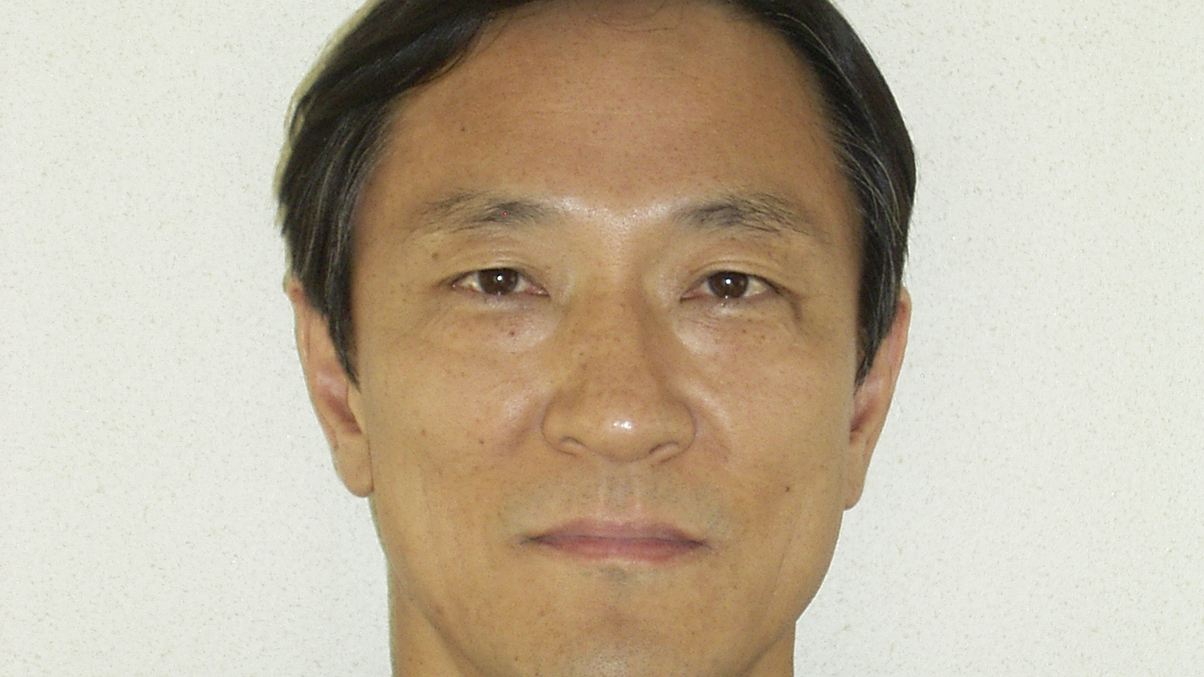PFA's Hamaguchi reveals smart-beta fears
The CIO at Japan's Pension Fund Association discloses his fears about over-reliance on standard deviation as a measure of risk at an AsianInvestor forum.

The chief investment officer at Japan’s Pension Fund Association, Daisuke Hamaguchi, warned about over-reliance on statistics at an AsianInvestor forum yesterday, rubbishing the practice of forecasting and taking a swipe at quantitative methodology and smart beta.
Sign In to Your Account
Access Exclusive AsianInvestor Content!
Please sign in to your subscription to unlock full access to our premium AI resources.
Free Registration & 7-Day Trial
Register now to enjoy a 7-day free trial—no registration fees required. Click the link to get started.
Note: This free trial is a one-time offer.
¬ Haymarket Media Limited. All rights reserved.


